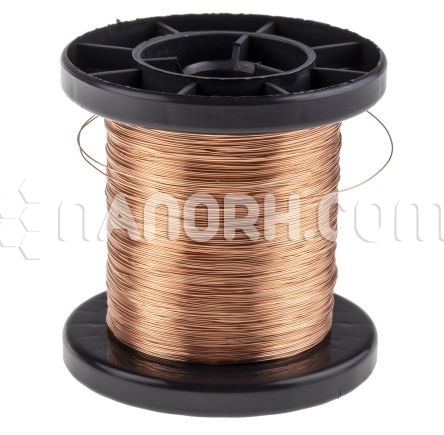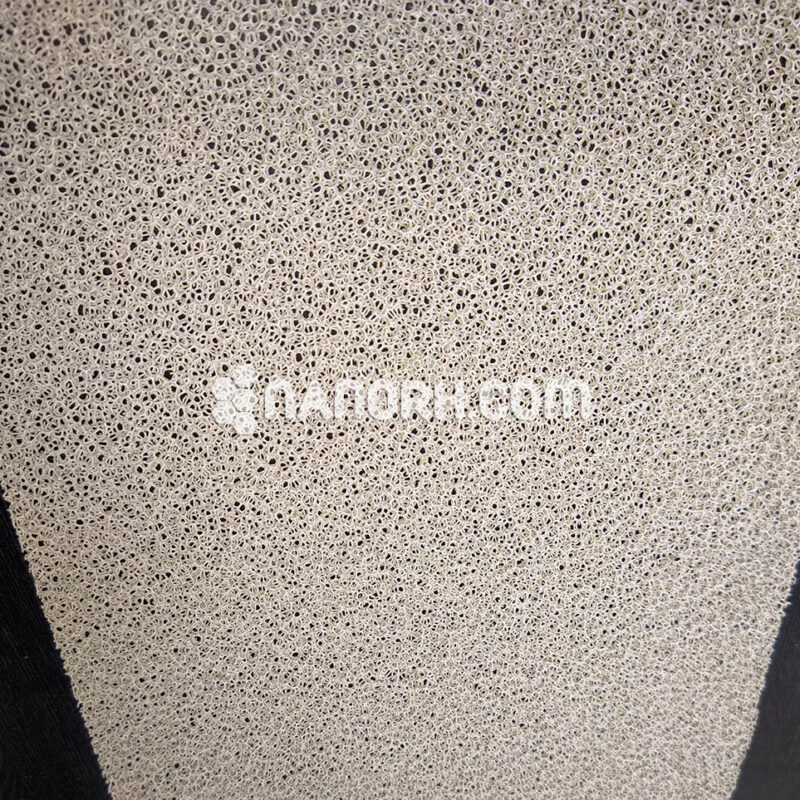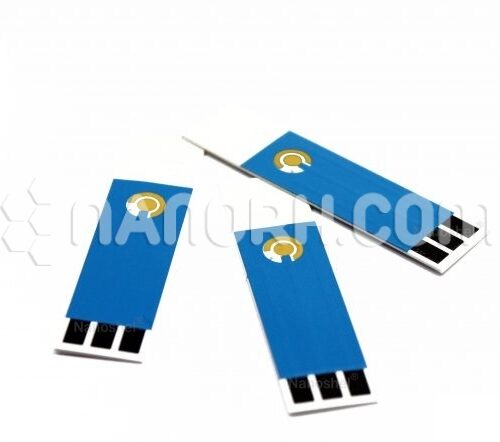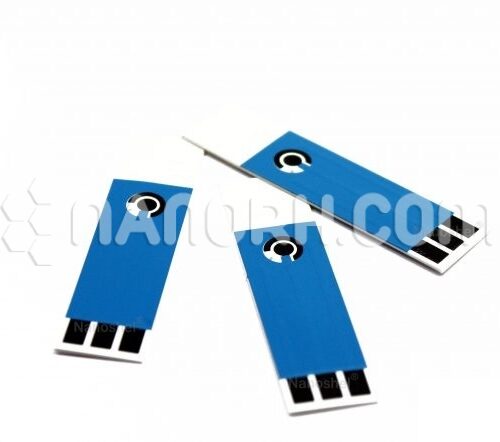| Copper Wire | |
| Product No | NRE-60003 |
| CAS | 7440-50-8 |
| Molecular Weight | 63.55 g/mol |
| Molecular Formula | Cu |
| Diameter | 2 mm(Can be customized) |
| Density | 8.94 g/mL |
| Purity | 99.9% |
| Resistivity | 1.673 μΩ-cm, 20°C |
| Melting Point | 1083.4 °C |
| Boiling Point | 2567 °C |
Copper Wire
Cu wire, as an alternative to the gold wire, has tremendous value in terms of cost savings, and this is the main reason why the gold wire is alternated with copper wire. Apart from this, copper wire also has higher electrical and thermal conductivities than gold wire, which will contribute to faster signal speed, less heat generation, and better heat dissipation. The bonding share of copper wire among bonded products is about 10%. Cu wire has been used in low pin count discrete power supplies with wire diameters greater than 50 lm. Manufacturers and assemblers of microelectronic packages have been able to advance their technology to bond pads with pitches less than 40 lm and wire diameters less than 15 lm when using gold wire. The transition to ultrafine pitch bonding and low-k wafer bonding places higher demands on bonding tools and the manufacturing process. This article discusses the challenges and issues associated with using copper wire. Progress and solutions to these problems in recent years are briefly discussed. Ultrasonic thermal bonding is mainly used to join copper wires. Cu wire is comparatively stiffer than Au wire and there will be fewer sweeps than wire for longer joints with thinner diameter wire. However, due to its high hardness, higher bond strength is required to achieve a strong bond, which will cause approximately 30% more tension in the pad. It will increase pad possibility and get better performance at a low cost per 4N Cu wire, and FAB topography is displayed at different ranges.




